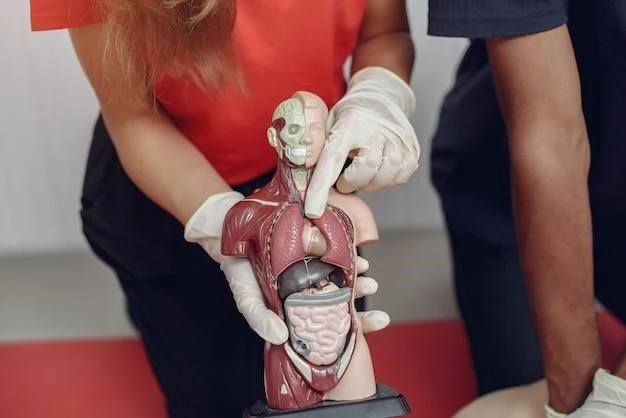Overview of Systemic Arterio-venous Fistula
A systemic arterio-venous fistula is a direct connection between a systemic artery and a vein without capillary interposition. This condition can lead to various complications and requires proper management.
Definition and Characteristics
A systemic arterio-venous fistula is a direct connection between a systemic artery and a vein without capillary interposition. This condition can lead to various complications and requires proper management.
Causes and Types
Systemic arteriovenous fistulas can be either traumatic‚ iatrogenic‚ or congenital‚ resulting in various complications and clinical presentations.
Congenital Systemic Arterio-venous Fistula
Congenital systemic arterio-venous fistulas are rare vascular malformations that pose potential life-threatening risks due to their direct communication between systemic arteries and veins without capillary intermediary. These anomalies may present with various clinical manifestations‚ ranging from innocuous swelling to severe heart failure‚ necessitating appropriate interventional strategies for optimal management.
Acquired Arterio-venous Fistula
Acquired arteriovenous fistulas can develop due to various factors such as trauma‚ surgical procedures‚ or underlying pathological processes leading to abnormal connections between arteries and veins. These may present with distinct clinical features and require appropriate management strategies to prevent potential complications.
Symptoms and Diagnosis
Systemic arteriovenous fistula presents with specific clinical manifestations and can be diagnosed through various imaging modalities and clinical evaluation.
Clinical Presentation
Systemic arteriovenous fistulas can manifest with a wide array of symptoms‚ such as continuous murmurs‚ abnormal chest X-rays‚ or potential misdiagnosis‚ highlighting the importance of accurate clinical evaluation in identifying these anomalies.

Treatment and Management
Various interventional strategies and long-term evaluations are used to manage systemic arteriovenous fistulas effectively.
Interventional Strategies
The treatment of systemic arteriovenous fistulas often involves various interventional strategies such as embolization‚ surgical correction‚ or endovascular procedures to manage the abnormal vascular connections effectively and prevent potential complications.
Long-term Performance Evaluation
Understanding the long-term outcomes of systemic arteriovenous fistulae is crucial in assessing their efficacy and potential complications over time. Long-term performance evaluations play a vital role in monitoring the effectiveness and durability of the treatment strategies implemented.

Complications and Prognosis
Systemic arteriovenous fistulas may lead to various hemodynamic effects‚ requiring careful monitoring and management for optimal outcomes.
Hemodynamic Effects
Systemic arteriovenous fistulas can lead to significant hemodynamic alterations‚ impacting both cardiac output and systemic vascular resistance. Monitoring these effects is essential for managing complications effectively.
Research and Studies on Systemic Arterio-venous Fistula
Recent studies have explored the role of systemic arteriovenous fistulas in managing intractable cyanosis and assessing long-term outcomes post-treatment.
Latest Findings and Medical Advancements
Recent research has highlighted the efficacy of systemic arteriovenous fistulas for managing intractable cyanosis post-cavopulmonary connection and assessed the long-term performance of these interventions‚ paving the way for potential advancements in treating such cases.
